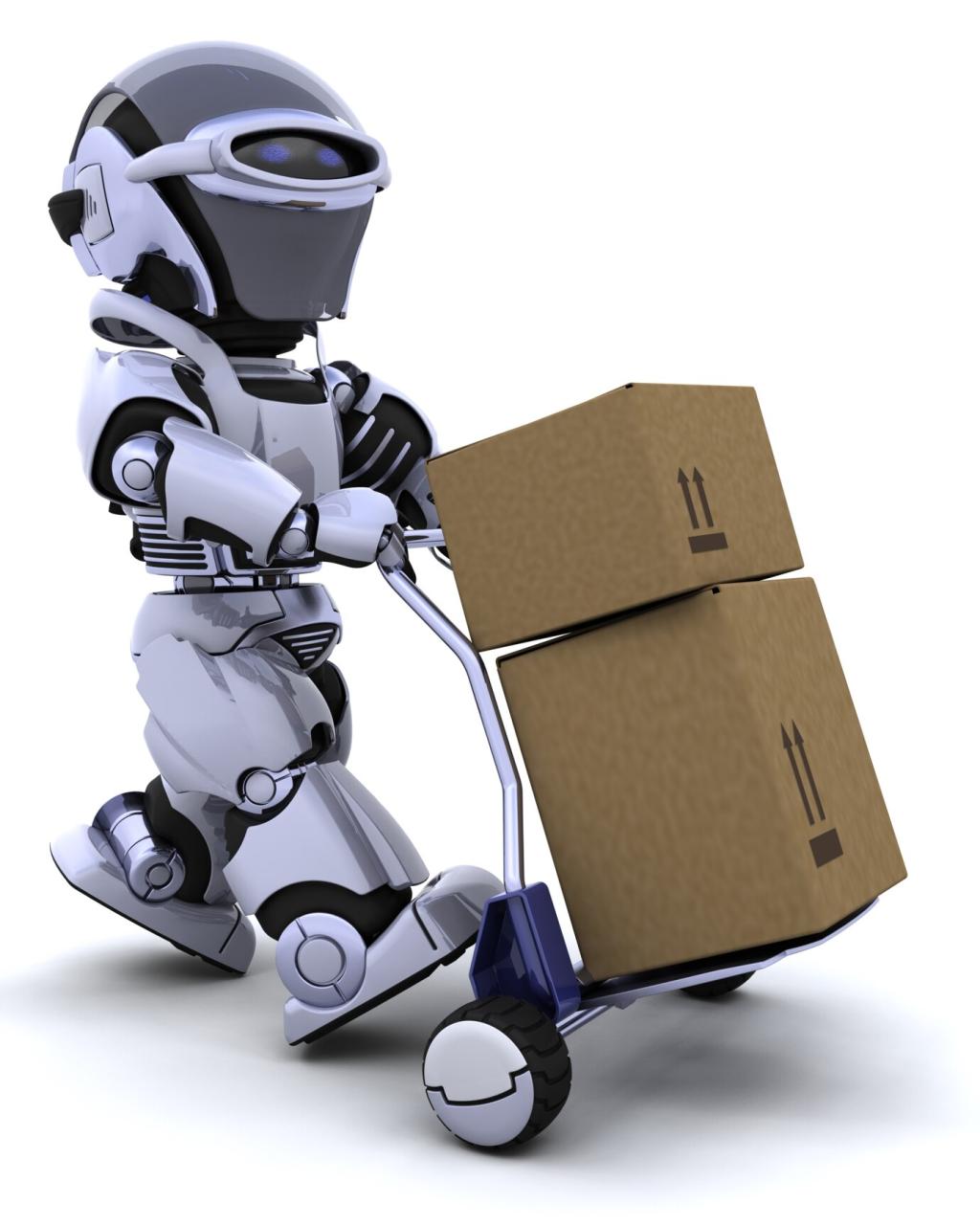Revolutionizing E-commerce: Cutting-Edge AI Applications
Personalized Shopping Experiences
Sophisticated AI-driven recommendation engines analyze browsing history, purchase habits, and real-time behavior to surface the most relevant products for each shopper. These engines predict what a shopper desires before they even search for it, creating a sense of personal attention and delight. Dynamic recommendations not only boost conversion rates and average order value but also foster long-term customer loyalty by continually refining their suggestions through ongoing learning.

Conversational Chatbots and Virtual Assistants
Modern AI chatbots leverage advanced natural language processing to hold lifelike conversations, answering questions, resolving issues, and assisting with purchases. Available 24/7, these virtual assistants handle high volumes of inquiries simultaneously, maintaining a friendly and professional tone. Over time, chatbots learn from repeated interactions, further refining their accuracy and efficiency to handle even more sophisticated customer requests.

Automated Helpdesk Solutions
AI-driven helpdesk platforms streamline ticket resolution by automatically classifying, prioritizing, and routing customer issues to the right agents or knowledge bases. These systems can instantly resolve common concerns or escalate complex cases without human intervention, increasing productivity and satisfaction. Retailers benefit from fewer backlogs and customers experience dramatically reduced response times, heightening their trust and loyalty.

AI-driven image recognition analyzes uploaded photos to identify exact or similar products in the retailer’s inventory. Shoppers can snap a photo of an item they like—whether from social media or the real world—and instantly receive matching or complementary recommendations. This frictionless path from desire to discovery elevates the shopping experience and attracts customers who prefer visual exploration over traditional search methods.

Advanced AI algorithms break down product images into detailed attributes such as color, pattern, shape, and style. This allows shoppers to refine search results and filters with visual precision, leading them directly to products that meet their specific tastes. Retailers benefit from reduced returns, as customers are more likely to find exactly what they’re seeking, while shoppers enjoy a faster, more satisfying journey.

Visual search tools close the gap between inspiration from offline sources—magazines, storefronts, or friends’ outfits—and online purchasing. Shoppers can photograph items encountered anywhere and instantly locate similar options within an e-commerce platform. By facilitating this seamless flow, retailers encourage impulse purchases and strengthen their brand as an enabler of creative discovery.
Smart Inventory and Supply Chain Management

AI models analyze historical sales, seasonal patterns, market trends, and even external factors such as weather to predict future product demand accurately. Retailers can stock the right products at the right time, avoiding both excess inventory and missed sales opportunities. This predictive accuracy drives higher profitability, lowers holding costs, and enhances customer satisfaction through better product availability.
Advanced Fraud Detection and Security
Real-Time Transaction Monitoring
Artificial intelligence continuously scans every transaction to detect anomalies that may indicate fraudulent activity, such as unusual purchasing patterns or mismatched customer information. Immediate alerts allow businesses to stop suspicious transactions before they result in chargebacks or financial loss. Round-the-clock vigilance creates a safer shopping environment and reassures customers that their data is respected and protected.
Adaptive Security Protocols
AI systems constantly learn and adapt to evolving threats, updating security protocols through machine learning insights. Instead of relying on static rules, these systems respond dynamically to new types of fraud, including account takeovers and sophisticated phishing attempts. The result is a flexible, robust defense that improves over time and outpaces traditional fraud prevention methods.
Enhancing Customer Trust
By integrating AI-powered fraud prevention seamlessly into the shopping experience, retailers foster a sense of safety and credibility. Customers are more likely to complete purchases and return to sites where they feel protected from scams and breaches. Transparent communication about security measures further reinforces trust, positioning the brand as a steadfast guardian of customer interests.

Automated Pricing and Revenue Optimization
Dynamic Pricing Algorithms
Machine learning models assess multiple data points—including competitor prices, inventory levels, and purchasing trends—to suggest optimal product prices in real time. This constant recalibration enables retailers to capitalize on demand surges, clear slow-moving stock, and maintain a competitive edge. For customers, dynamic pricing ensures greater access to fair deals and timely promotions.


Competition and Market Analysis
AI continuously monitors competitor activity, market trends, and price fluctuations across the web to inform smarter pricing and merchandising decisions. Retailers can quickly identify opportunities or threats, adjusting their strategies with agility. This intelligence ensures a proactive instead of reactive approach, empowering businesses to shape their position in the market and drive revenue growth.
Streamlined Order Fulfillment and Delivery
Automated Order Processing
AI-driven platforms rapidly verify, validate, and initiate order processing with minimal manual intervention. Each order is intelligently checked for accuracy, payment confirmation, and inventory availability before moving smoothly to fulfillment. This automation reduces errors, shortens handling times, and allows staff to focus on complex tasks, ultimately speeding up delivery without compromising quality.
Smart Route Optimization
Machine learning algorithms calculate the most efficient delivery routes by considering traffic patterns, weather, package volumes, and driver availability. Routes are dynamically updated to adapt to real-time conditions, ensuring that packages reach recipients faster and with fewer delays. Retailers gain cost savings and customers enjoy dependable delivery timeframes—often with the added precision of real-time tracking updates.
Predictive Delivery and Customer Notifications
AI anticipates delivery times with remarkable accuracy and proactively communicates updates to customers. Shoppers are kept informed from dispatch to doorstep, with the platform automatically addressing unexpected changes or delays. These transparent, timely notifications enhance the overall customer experience, reduce support inquiries, and solidify trust in the retailer’s logistics capabilities.
